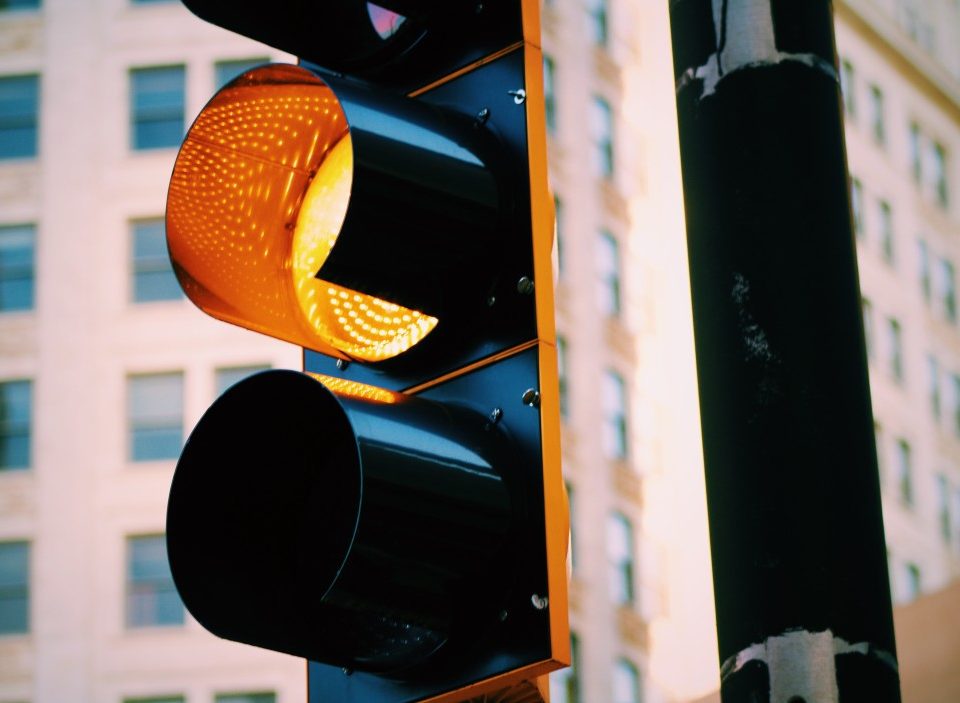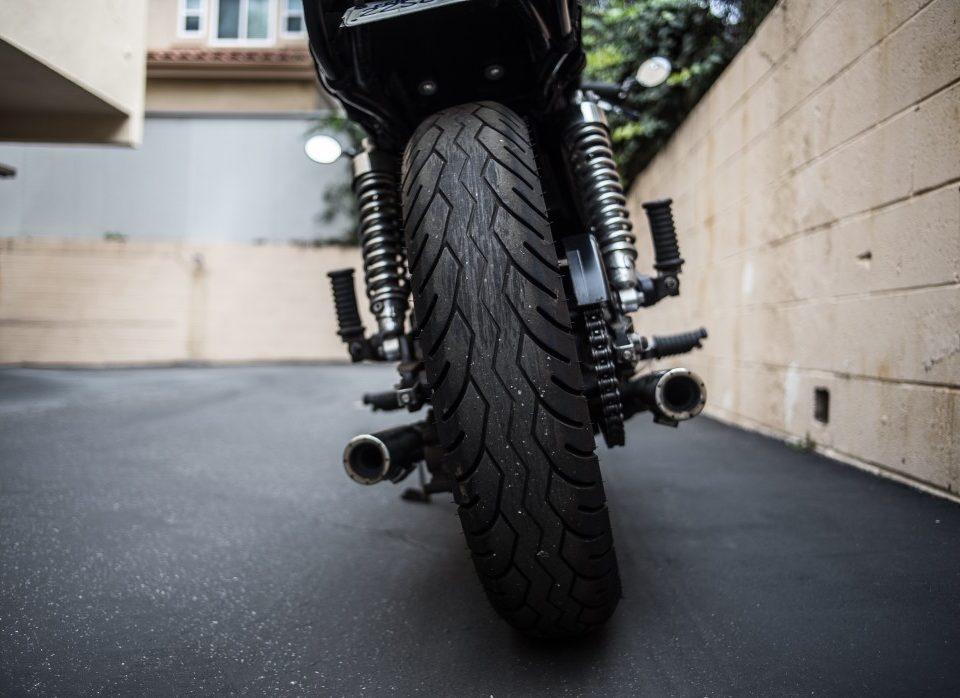Pedestrian Injured by Motorcyclist

Motorcyclist Harmed by Drunk Driver
May 24, 2022
Motorcyclist Killed by Vehicle Backing Out of Driveway
May 24, 2022A 58-year-old pedestrian hit by a motorcycle in a crosswalk on West 57th Street and 10th Avenue in Manhattan has died. The man’s name has not yet been released pending notification of his family. He was taken to the hospital and pronounced dead at 3:00 a.m. Although he sustained head injuries, nothing life-threatening occurred to the motorcycle driver. A lawsuit can be filed against the driver.
Sometimes, a motorcycle accident is caused by pedestrians
While pedestrians have the right-of-way, motorcycle riders have a duty to keep the roads safe. A pedestrian who fails to use a crosswalk may be responsible for an accident. Accident injuries may also be caused by pedestrians. The National Highway Traffic Safety Administration reports that motorcycle-pedestrian collisions are on the rise. Both parties must obey traffic laws and stop at stop signs, red lights, and crosswalks.
Pedestrians can be held liable for injuries sustained in accidents that result from their violation of traffic laws. Sometimes pedestrians cross the street without warning or because they are distracted. Regardless of whether or not the pedestrian was intent to cross the road, they were negligent and could be partially or fully responsible for the accident. Pedestrians are also responsible for not following safety protocols, which may contribute to the accident.
While it is possible to hold a pedestrian partially responsible for a motorcycle accident, the case will be difficult to prove. The plaintiff must prove that the pedestrian was at least 50% responsible for the accident. A pedestrian can be fined in addition to the property damage. The plaintiff must prove that they were not at fault in the accident in order to be held liable for damages. However, Florida courts do not apply this rule in all cases.
If a pedestrian caused the accident, it is important to note that the driver is not always at fault. If the pedestrian did not wear a helmet, it is still their fault. The driver’s fault is often proportionate to the defendant, and the injured party may receive compensation for their injuries. In New York, drivers are required to warn pedestrians of the dangers of crossing the road.
Pedestrians are prohibited from hitchhiking
In British Columbia, it is illegal for pedestrians to stand or stop on a public highway to solicit rides. Some laws are only applicable to pedestrians on the roadway. They do not apply to pedestrians at rest areas or parking lots. Before you ask for a ride, it is advisable to contact your local highway department. However, there are exceptions to this rule. Here are some.
Hitchhiking is dangerous and relies on strangers’ generosity. In Colorado, the state has a comprehensive hitchhiking law. Although hitchhiking is not permitted on state roads in Colorado, it is allowed by local municipalities. Pedestrians who stand on the roadway to solicit rides must be facing oncoming traffic. This prevents motorists from picking them off.
California law requires pedestrians to walk in front traffic if they don’t have sidewalks. In many cases, hitchhikers walk alongside highways, where they are surrounded by traffic. It is also illegal for motorists to stop and pick up a hitchhiker outside of a residential or business district. Avoid areas where hitchhiking is allowed.
In New Hampshire and Virginia, hitchhiking is prohibited when a pedestrian is standing in the middle of the road. Pedestrians should avoid freeways and areas with “no thumbing” signs. In addition, they should avoid areas with a high speed limit. The following states have laws that govern hitchhiking. Ask a police officer if hitchhiking in your state is allowed.
Motorcyclists must exercise due care
When bicyclists and pedestrians are crossing the road, they should exercise reasonable control and judgment. Motor vehicles are not always willing to yield to pedestrians. Many motorists are distracted and fail to see traffic signals. Avoid injuries and accidents by making eye contact with motorists. Also, obey all traffic laws. Pedestrians must use caution when crossing roads, and motorists must exercise due care when crossing crosswalks.
Bicyclists must ride as close as possible to the curb or edge of the roadway. Bicyclists should ride slower than traffic and as close as possible to the right-hand curb or edge of the roadway. There are exceptions to this rule, including avoiding dangerous conditions or riding on the shoulder. Bicycles must be at least two feet apart when riding on a path or a section of the roadway designated for their exclusive use.
Motorcyclists must wear reflective devices on their bikes and should stop if they see pedestrians crossing the road. Bicycles should also have red or white reflectors in the rear and front. Bicyclists under the age of 18 must wear an approved helmet. Bicyclists under 18 years old should not use earplugs or headsets to block their hearing.
Pedestrians can file a lawsuit
You may be able to sue the driver if you were struck by a motorcycle crossing a street. The negligent party is responsible to your injuries, and losses, as well as any recurring pain or missed work. Your right to compensation can be enhanced if you have a pasadena motorcycle accident lawyer by your side. In Texas, a pedestrian can sue a driver based on the degree of negligence of the other party.
Sometimes pedestrians may not have the right to cross the road, but the driver could have been negligent. This means that you have the right to claim compensation, even if the driver’s negligence was minimal. In this case, the plaintiff’s damages may be reduced by the percentage of negligence. You can sue the negligent party if you or a loved one has been hurt.
You may be eligible to seek compensation from the negligent party if you or your loved one was struck by a motorcycle crossing a street. Most pedestrian accidents involve at least two factors: a negligent driver or a negligent pedestrian. A motorcycle might fail to yield to pedestrians, while an aggressive bicyclist could force a pedestrian into the street. A pedestrian could be hidden from another driver by an illegally parked vehicle.
California law allows pedestrians who are injured by a motorbike to seek compensation for medical expenses and other damages. In the event of an accident, a pedestrian’s UM (underinsured motorist) insurance may be helpful. This insurance can supplement the liability insurance of the at-fault driver. In some cases, the pedestrian’s resident relatives may also be eligible for compensation.
No-fault insurance is available to pedestrians
For pedestrians who are hurt in an accident involving a motorbike, or car, no-fault insurance benefits is available. These benefits are available regardless of fault and cover medical care, lost wages and other damages. Depending on the state laws, you may also be able to recover benefits for an injured pedestrian who is not insured. An accident lawyer can help determine which insurance company should pay for pedestrian accident damages.
A motorcycle accident or car collision can result in injuries that could lead to a motorcycle accident or a car accident. The injured party has the right to file a No-Fault insurance claim. These benefits can include up to $50,000 in medical expenses, $2,000 per month in lost earnings, and 80% of lost wages. Even though pedestrians are not required by law to have personal injury protection insurance, they may still be eligible for these benefits. You must request no-fault insurance benefits within 30 days of an accident and show proof of your medical expenses within 45-day.
An injured person can make claims for compensation for medical bills and lost wages. No-Fault insurance will cover medical bills, ambulance rides, as well as pharmacy bills. This type of insurance will also cover out-of-pocket expenses such as medication. If no-fault benefits are not enough, a pedestrian can pursue a no-fault insurance claim for bodily injuries against the driver of the motorcycle or car. These claims are very time-sensitive and you may not be able to meet the deadlines.
If the other driver was at fault, you may also be eligible for compensation under the “no-fault” system. New York offers pedestrians no-fault insurance benefits, but these benefits may not be sufficient. To determine if your claim is worth filing, it is a good idea to speak with an experienced pedestrian accident attorney. The details of the case will determine how much you can recover.





